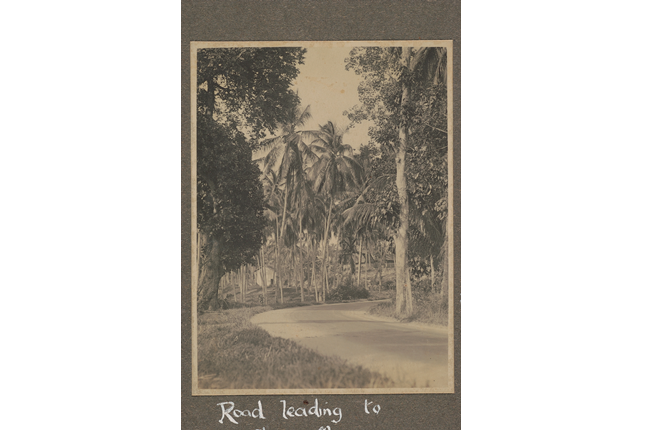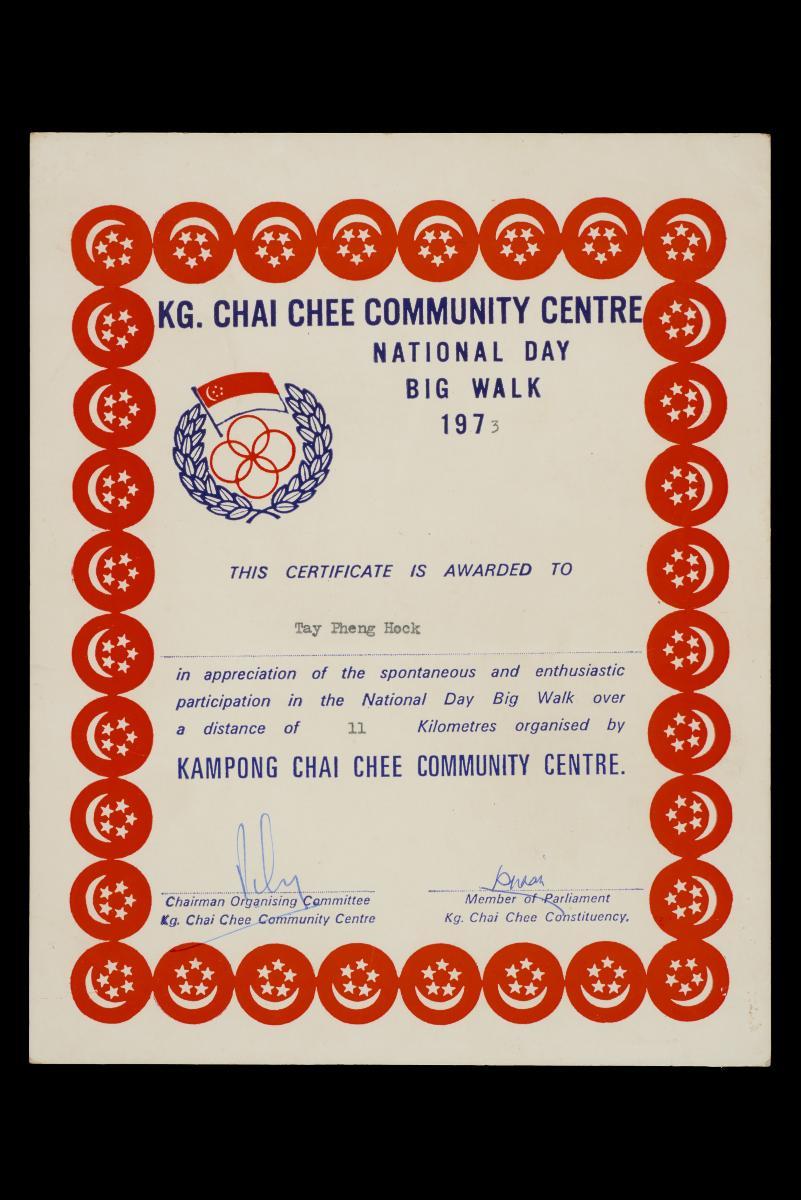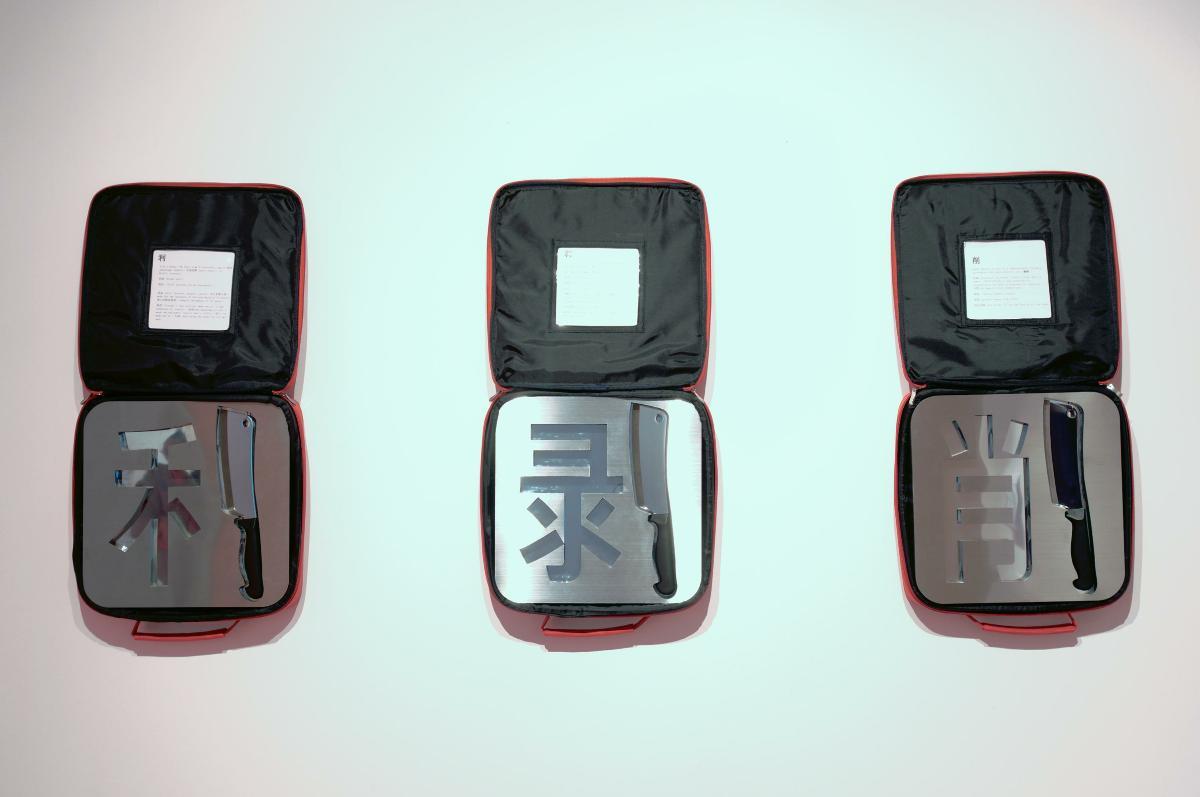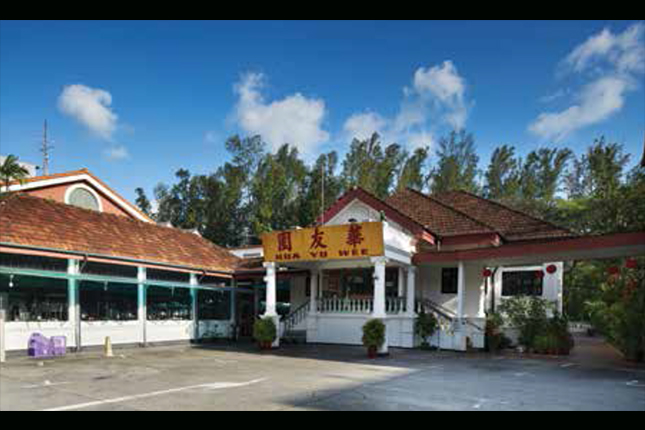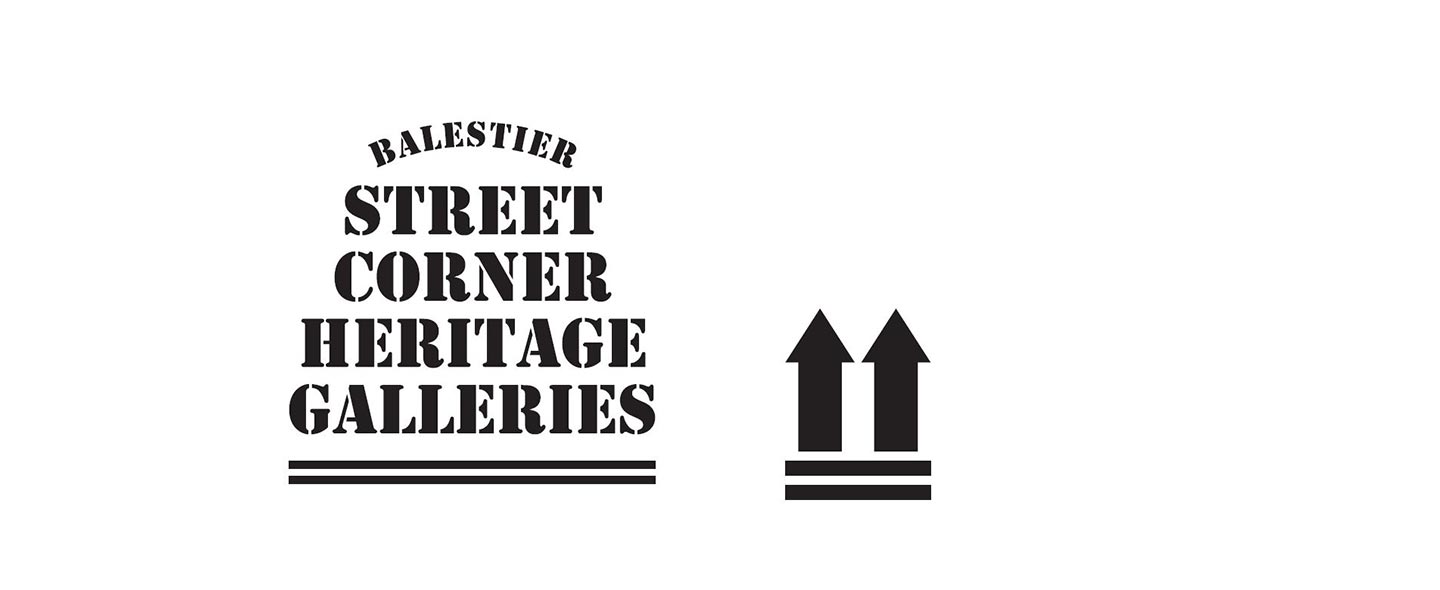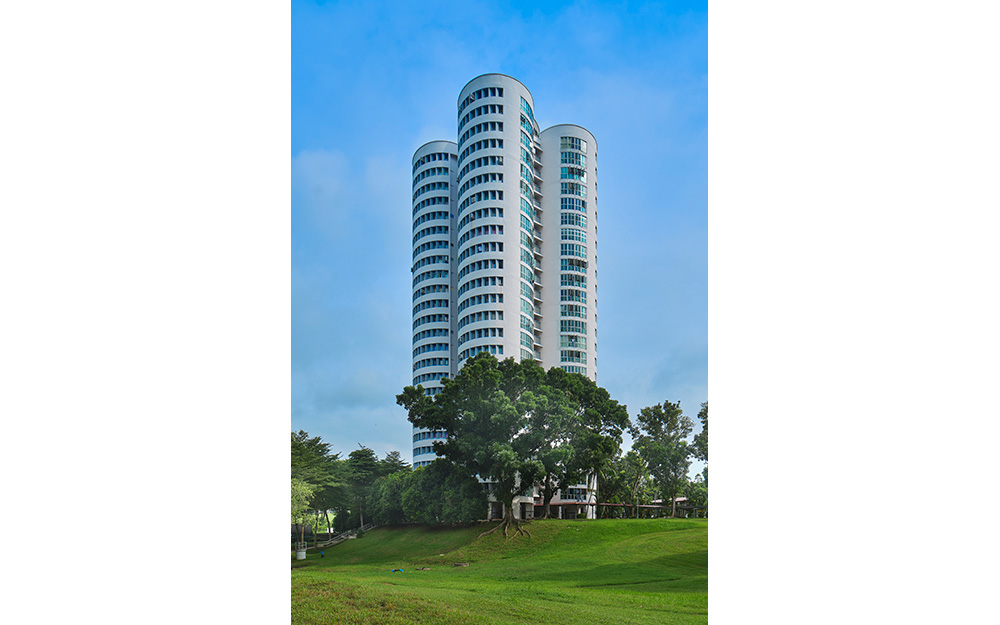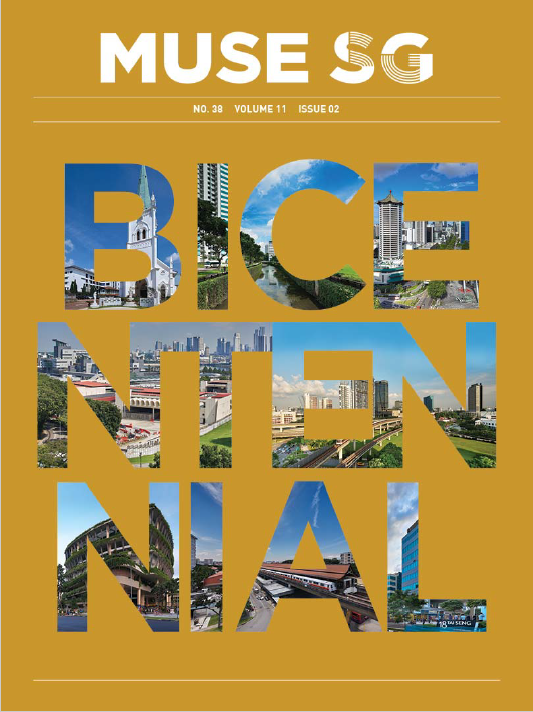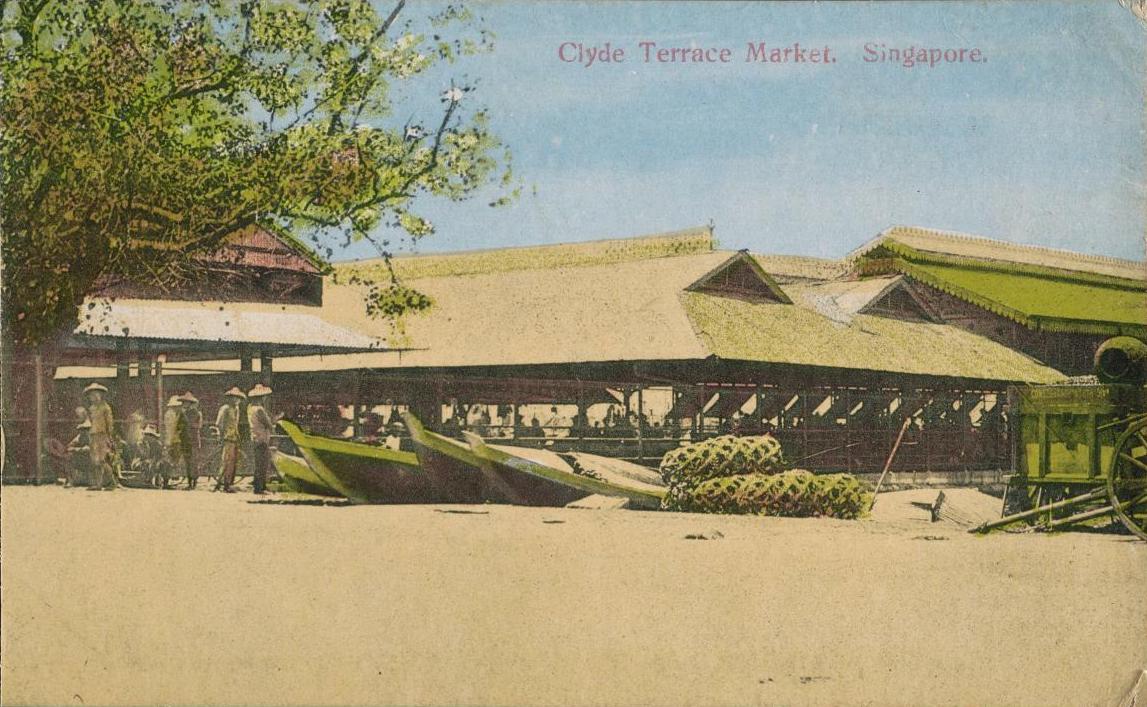Today, the pocket-sized estate of Chai Chee stands as a peaceful annex to the bustle of Bedok. However, during the early 20th century, Chai Chee was the more boisterous sibling, known for its market with its vegetable sellers and other hawkers often spilling out along present-day Upper Changi Road. The area thus takes its name from the aforementioned market, with Chai Chee meaning “vegetable market” in Hokkien.
The market grew organically and gradually attracted a variety of roadside hawkers. With the bustle of trade and a growth in population, a predominantly Chinese kampong (“village” in Malay) was established here in the 1920s. Civic organisations like Yew Ghee Sia and Youths Improvement Association were established in Chai Chee during the 1940s and continue to flourish even today.
The redevelopment of Chai Chee started during the early 1970s and involved both industrialisation and the construction of public housing. The Chai Chee Consumers' Club, a mini-supermarket run on a cooperative basis, was started in 1973 to help residents fight rising inflation by offering items like rice and sugar at affordable prices.
Peng Ghee, the name of a neighbourhood in the old Kampong Chai Chee, is today reflected in the name of Ping Yi Secondary School, established in 1930 by a group of local residents. Other landmarks here include the Masjid Al-Ansar, established in 1981, and the Singapore Anti-Tuberculosis Association CommHealth Uttamram Medical Centre, set up in 1962 on land donated by philanthropist G. Uttamram.




